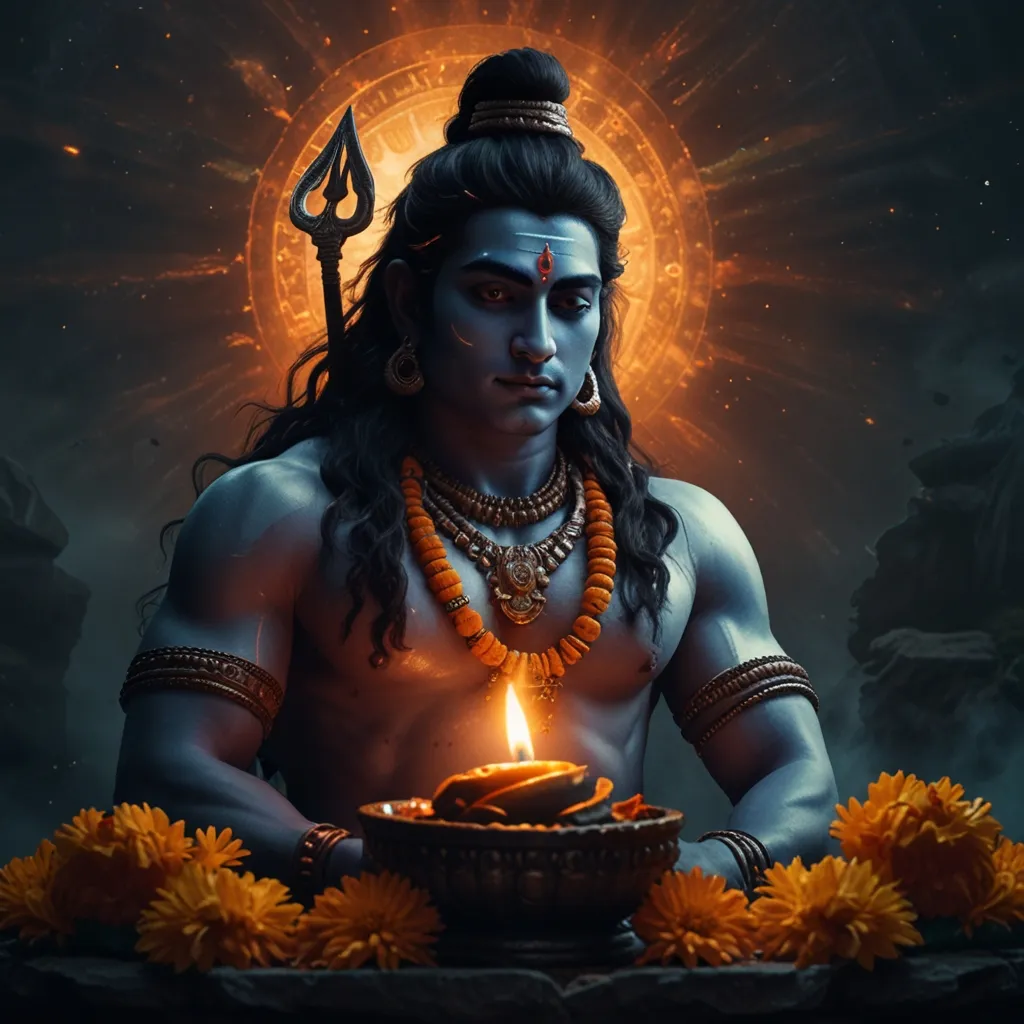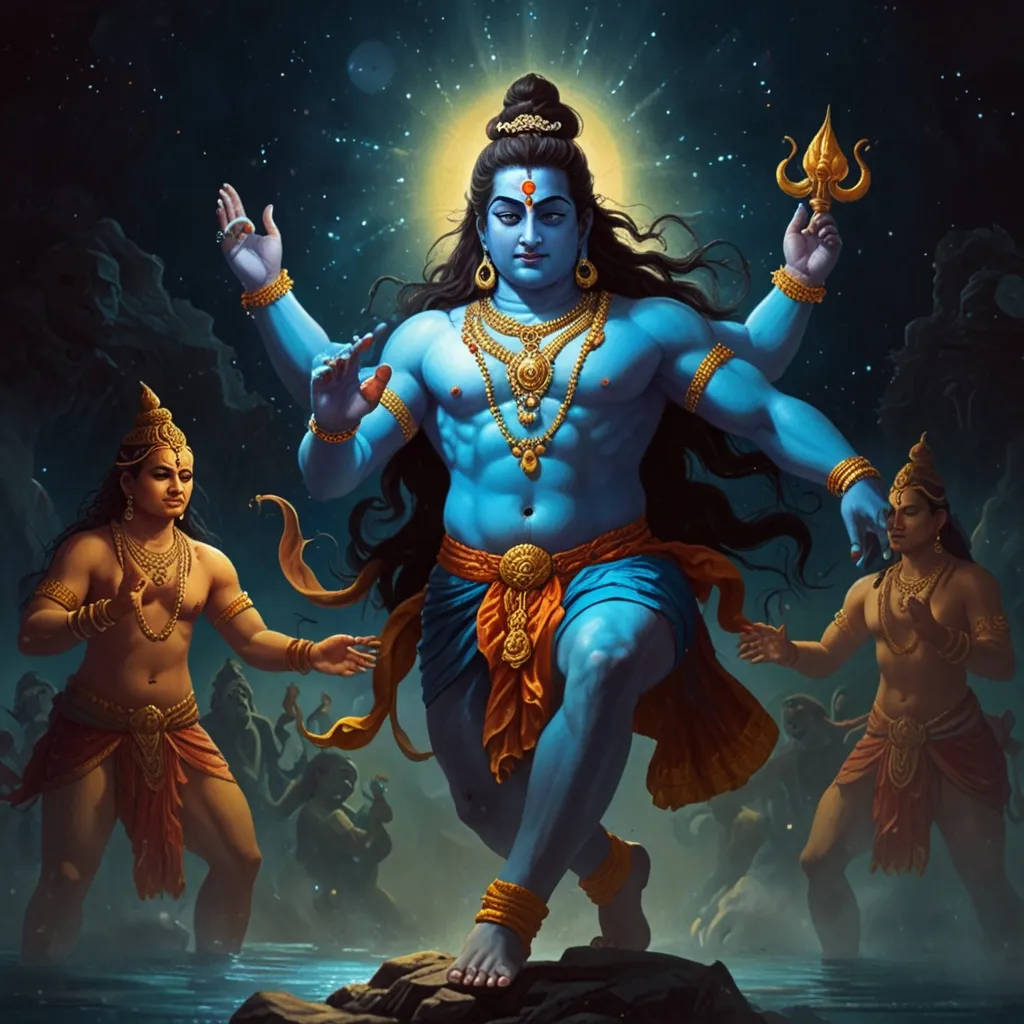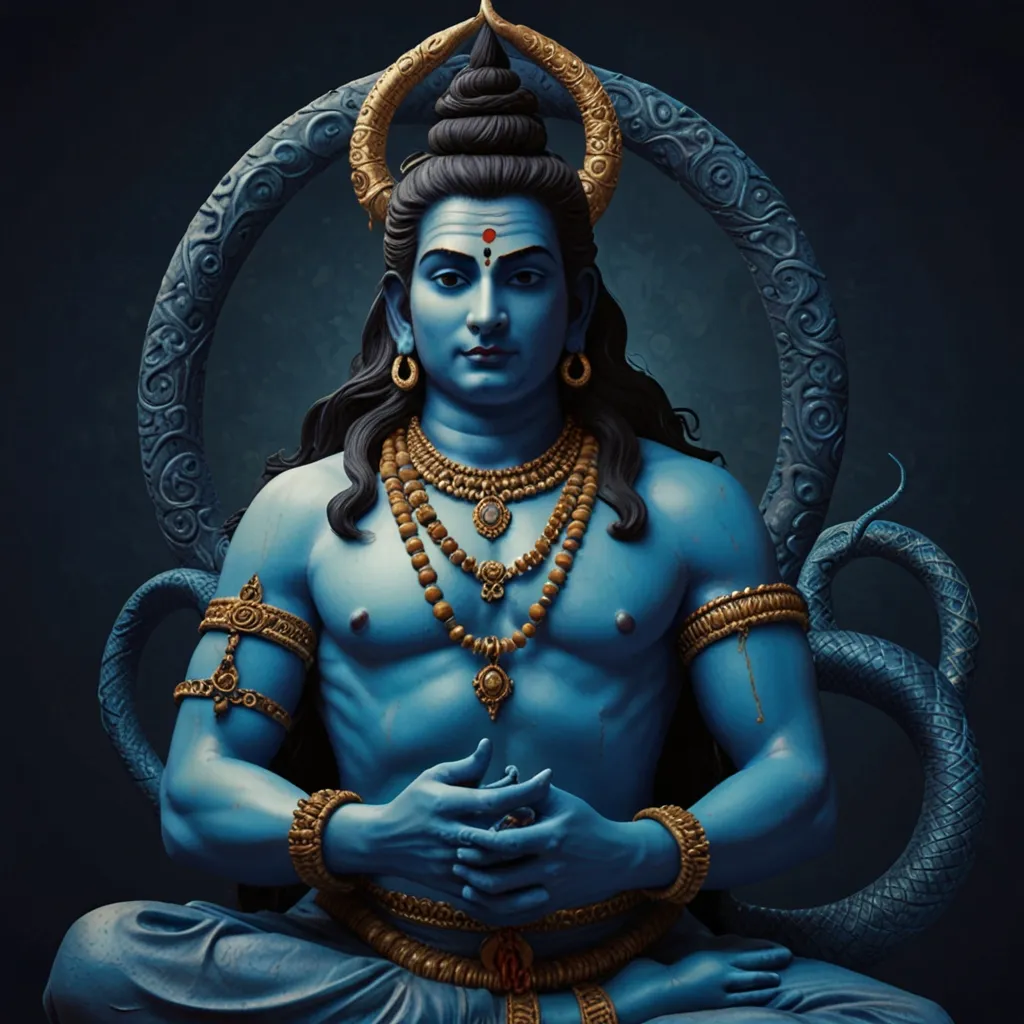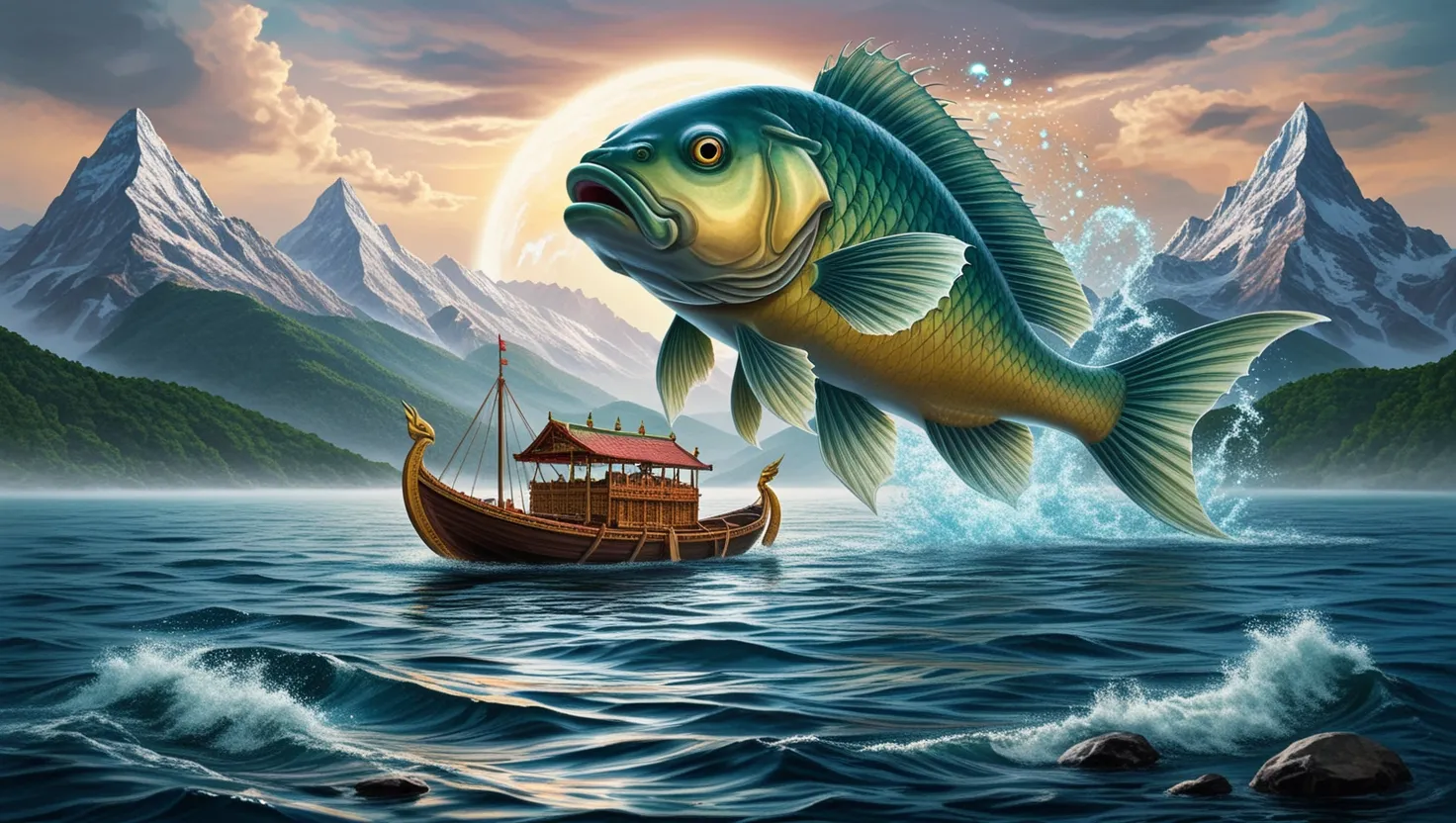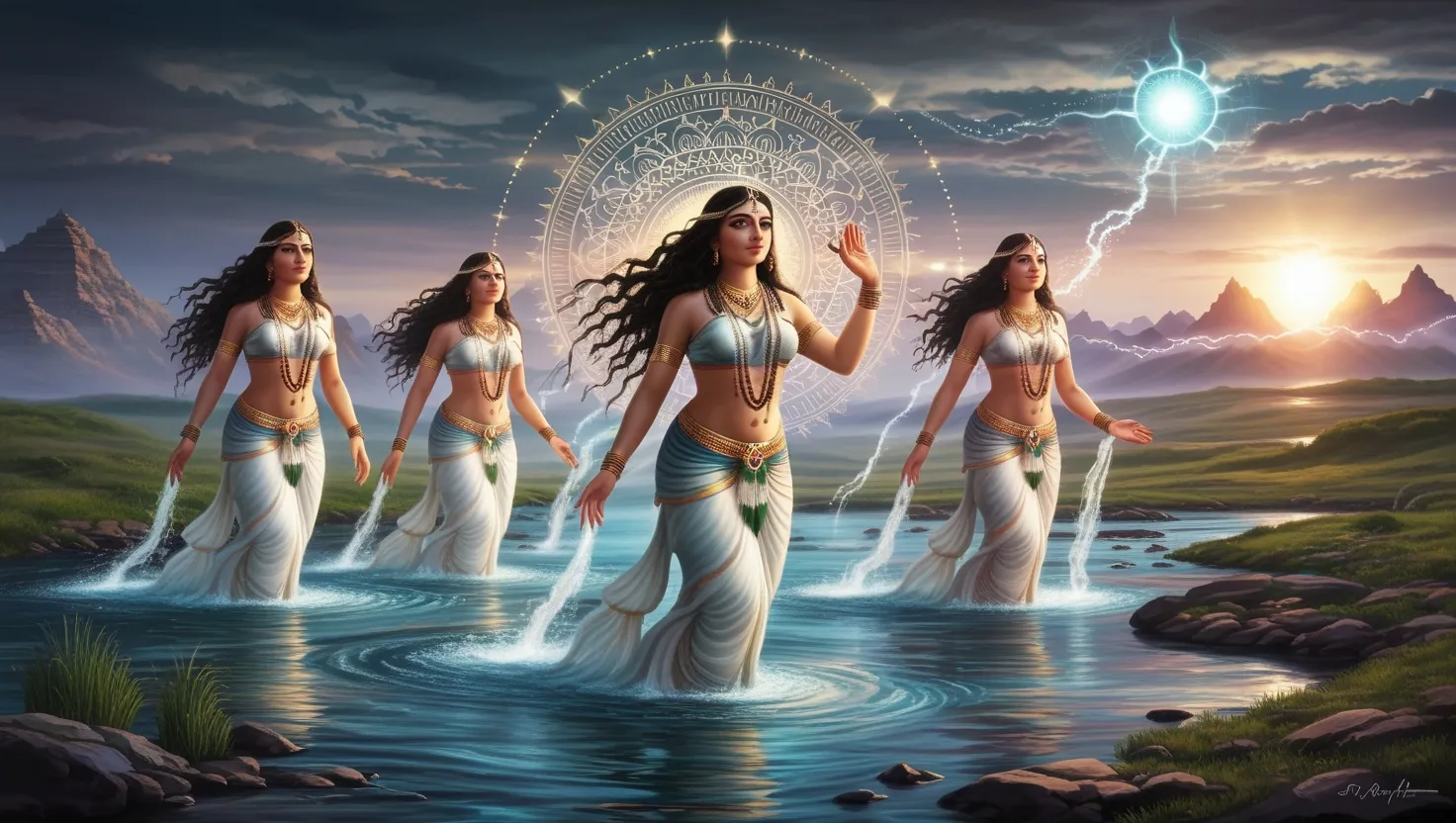Shiva, one of the top-tier gods in Hinduism, goes by a bunch of names like Mahadeva, Hara, and Rudra. This guy isn’t just any deity; he’s a massive deal because his story is tied to both the creation and the destruction of the universe. He’s got this complex personality - sometimes he’s gentle, other times fierce - which makes his mythology super intriguing.
So, picture this: at the beginning of everything, it’s all just one big darkness called Parashiva. This isn’t just regular darkness; it’s a powerful, unseen force. Billions of years roll by and this darkness decides to take shape. Boom! The universe starts forming. Different scriptures tell the creation story in various ways, but Shiva’s role is a common thread.
One of the coolest things about Shiva is his cosmic dance known as the Tandava. It’s not just any dance but a move so intense it can create and wipe out whole worlds. Imagine dancing with such power that new life springs up and old things get demolished. That’s the energy of Shiva’s Tandava.
Now, let’s dive into Rudrabhisheka, a sacred ritual dedicated to Shiva. Basically, devotees pour all sorts of offerings like water and milk over the Shiva Linga, which represents Shiva himself. This ritual isn’t just about pouring stuff; it’s a way to purify one’s soul and get closer to spiritual enlightenment.
The story behind Rudrabhisheka is that Shiva once manifested as a giant light Linga to the gods Brahma and Vishnu. They couldn’t find the end of this Linga, leading them to realize Shiva’s infinite nature. Hence, the Shiva Linga became a symbol of his eternal presence.
Performing Rudrabhisheka is believed to help folks grow spiritually and find some inner peace. The ritual involves chanting and offering various substances to the Shiva Linga, which kind of symbolizes surrendering one’s ego and desires to the divine. Plus, it ties into the idea of time and destruction. Shiva is often seen as Mahakala, the destroyer of time, and people do Rudrabhisheka to appease this powerful force, aiming to break free from the cycle of time and achieve liberation.
Shiva’s got loads of names and forms, each showing a different side of him. As Rudra, he’s the fierce destroyer of evil. As Shankara, he’s the nice guy bringing happiness. His Bhairava form is all about annihilation, while Shambhu reflects a more benign side. These various forms aren’t just random names but represent the different facets of Shiva’s divine nature. They paint the picture of Shiva as not just a god but a symbol of the universe’s creation, preservation, and destruction.
Shiva’s story gets a lot of attention in Hindu literature, especially in the Shiva Purana and the Mahabharata. These texts dive deep into his role in creation and his many forms. The Shiva Sahasranama, a devotional hymn, lists a thousand names of Shiva, each showing off a different part of his divine nature.
Shiva’s got this huge presence not just in religious rituals but also in art and culture. His cosmic dance, the Tandava, has inspired tons of art and literature. There’s this concept called Shiva’s Method, which is about an artist immersing themselves completely in their work, inspired by Shiva’s total absorption in his cosmic dance. It’s kind of like method acting where an actor becomes the character they’re playing.
This Shiva’s Method means the artist emotionally connects with their work, making the creative process a deeply personal and transformative experience. It’s about losing oneself in the art, similar to how Shiva loses himself in his dance.
So, summing it all up, Shiva’s story is a fascinating mix of creation, destruction, and spiritual insight. His complex nature keeps people captivated, making him one of the most compelling figures in Hindu mythology. The ritual of Rudrabhisheka highlights his lasting importance, offering a way for devotees to connect spiritually and find peace. Through his various forms and massive influence on art and culture, Shiva stands strong as a powerful symbol of the divine, inspiring generations to connect deeper with the universe.
